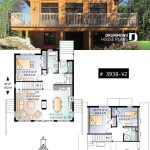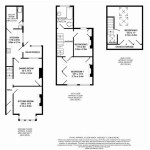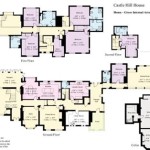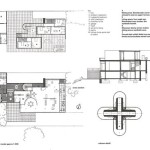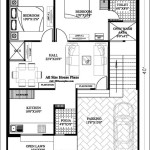Architectural Design: Optimizing Small House Plans
Small house architecture represents a significant and growing area of design focus. Driven by factors such as increasing urbanization, environmental concerns, and financial constraints, the demand for efficient and aesthetically pleasing small house plans continues to rise. These plans necessitate a thoughtful approach to space utilization, material selection, and overall design principles to maximize functionality and comfort within a limited footprint.
Effective small house architectural design goes beyond merely shrinking the dimensions of a conventional house. It requires a fundamental rethinking of how space is used, prioritizing multi-functional areas, integrated storage solutions, and a strong connection to the surrounding environment. The successful execution of small house plans hinges on a deep understanding of human needs and behaviors and an ability to translate those needs into a tangible and livable space.
Efficient Space Planning and Multi-Functionality
The cornerstone of successful small house design lies in efficient space planning. Every square foot must be considered and utilized to its fullest potential. This often involves incorporating multi-functional spaces, where a single room can serve multiple purposes at different times. For example, a living room might double as a dining area, with a modular dining table that can be easily stored away when not in use. Similarly, a guest bedroom could function as a home office during the day, transforming into a sleeping space for visitors as needed.
Consideration of furniture selection is crucial. Built-in features, such as window seats with integrated storage or shelving units that double as room dividers, can dramatically reduce the need for free-standing furniture and free up valuable floor space. Fold-down desks, Murphy beds, and nesting tables are all examples of furniture that can be easily concealed or compacted when not in use, further enhancing the flexibility of the space.
Vertical space should also be exploited. High ceilings can create a sense of spaciousness and allow for the incorporation of loft spaces for sleeping or storage. Strategic placement of windows near the ceiling can bring in natural light and further enhance the feeling of openness. Well-designed staircases can also incorporate storage solutions, utilizing the often-wasted space beneath the steps for drawers, shelves, or even a small pantry.
The use of open floor plans can further contribute to the perception of spaciousness. By eliminating walls between living areas, such as the kitchen, dining room, and living room, a greater sense of flow and connectivity is achieved. This also allows for natural light to penetrate deeper into the house, reducing the need for artificial lighting and creating a more inviting atmosphere. However, careful consideration must be given to acoustics and privacy when employing open floor plans. Zoning strategies, such as the use of strategically placed furniture or changes in flooring, can help to define distinct areas within the open space.
Optimizing Natural Light and Ventilation
Natural light and ventilation are essential components of any well-designed house, but they are particularly crucial in small house design. Maximizing the availability of natural light can create a sense of spaciousness and improve the overall mood and well-being of the occupants. Furthermore, effective ventilation is essential for maintaining air quality and preventing moisture buildup, which can be particularly problematic in smaller spaces.
The placement and size of windows should be carefully considered. Large windows or sliding glass doors on the south-facing side of the house can capture maximum sunlight during the day, while smaller windows on the north-facing side can provide natural light without excessive heat gain. Skylights can also be used to bring natural light into areas that might not otherwise have access to windows, such as hallways or bathrooms. Overhangs and awnings can be incorporated to shade windows during the hottest parts of the day, reducing the need for air conditioning.
Cross-ventilation is another important consideration. By strategically placing windows on opposite sides of the house, a natural airflow can be created, allowing for effective ventilation without the need for mechanical systems. Operable windows, which can be opened and closed as needed, provide the greatest flexibility for controlling ventilation. The use of ceiling fans can also help to circulate air and improve ventilation.
Passive solar design principles should also be considered. This involves orienting the house to maximize solar gain in the winter and minimize solar gain in the summer. This can be achieved through careful placement of windows, overhangs, and landscaping. By incorporating these principles, it is possible to significantly reduce the energy consumption of the house and create a more comfortable and sustainable living environment.
Creative Storage Solutions and Organization
Storage is often a significant challenge in small house design. Without adequate storage, a small house can quickly become cluttered and feel even smaller than it actually is. Therefore, incorporating creative and efficient storage solutions is essential for maximizing the functionality and livability of the space.
Built-in storage is often the most effective solution. This can include features such as built-in shelves, drawers, and cabinets. These features can be integrated into walls, under stairs, or even under furniture, utilizing space that might otherwise go unused. Built-in storage also has the advantage of being custom-designed to fit the specific needs of the occupants.
Vertical storage is another important consideration. Shelving units that extend to the ceiling can provide ample storage space without taking up valuable floor space. Wall-mounted organizers, such as pegboards or wire racks, can be used to store tools, kitchen utensils, or other items. Hooks and hanging rods can also be used to store clothes, bags, or other items.
Multi-functional furniture can also contribute to storage. Ottomans with hidden storage compartments, beds with drawers underneath, and coffee tables with lift-top surfaces are all examples of furniture that can provide both storage and seating or table space. These types of furniture can be particularly useful in small living rooms or bedrooms where space is at a premium.
Organization is also key to maximizing storage space. By decluttering regularly and organizing items efficiently, it is possible to make the most of the available storage space. The use of storage containers, baskets, and labels can help to keep items organized and easily accessible. Consider using clear storage containers to easily identify the contents without having to open each container.
Minimizing possessions is also an important strategy. Before moving into a small house, it is often necessary to downsize and get rid of items that are no longer needed or used. This can free up valuable space and make it easier to keep the house organized. The philosophy of minimalism encourages a focus on quality over quantity and a conscious effort to avoid unnecessary possessions.
The implementation of a well-thought-out organizational system can drastically improve the perceived space within a small house. Assigning specific locations for frequently used items and consistently returning them after use will create a sense of order and reduce clutter. Establishing a routine for decluttering and organizing on a regular basis will prevent the accumulation of unnecessary items and maintain a sense of spaciousness.
In conclusion, effective architectural design for small houses requires a strategic approach to space planning, natural light and ventilation, and storage solutions. By prioritizing multi-functional areas, optimizing natural resources, and incorporating creative storage ideas, it is possible to create a comfortable, efficient, and aesthetically pleasing living environment within a limited footprint. The principles discussed above provide a foundation for architects and designers to approach small house design with innovation and a focus on maximizing the potential of every square foot.

Pin On One Bedroom House Plans

22 House Design With Floor Plans You Will Love Simple Two Story Affordable Designs Exterior

10 More Small Simple And House Plans Blog Eplans Com

Pin On One Bedroom House Plans

I Love These Designs For Houses They Em Are Future Ristic An Architect Village House Design Architectural Plans Modern Villa
Small House Plan Ch99 Architectural Design Home With Three Floors

Blog On Modern Architecture Design Development And Modative Happenings Small House
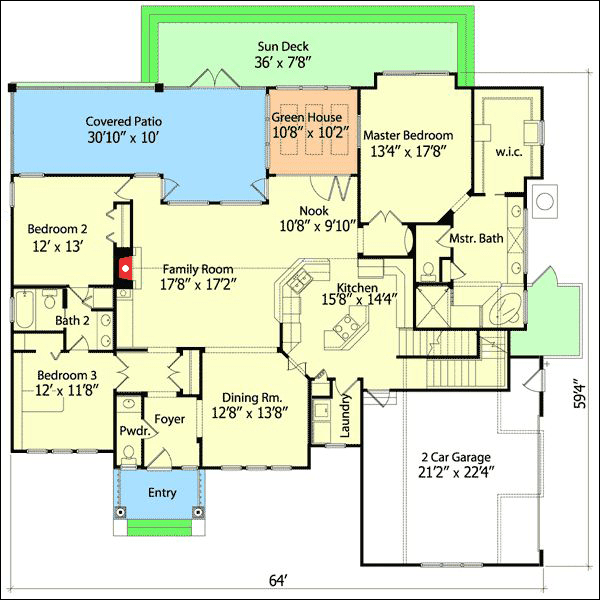
Small House Plans Popular Designs Layouts

Small House Plans And Design Ideas For A Comfortable Living

Blog On Modern Architecture Design Development And Modative Happenings Small House
Related Posts




